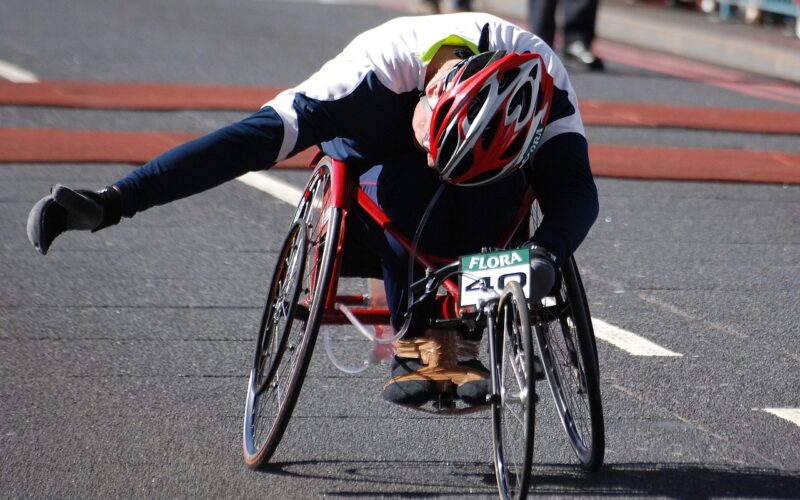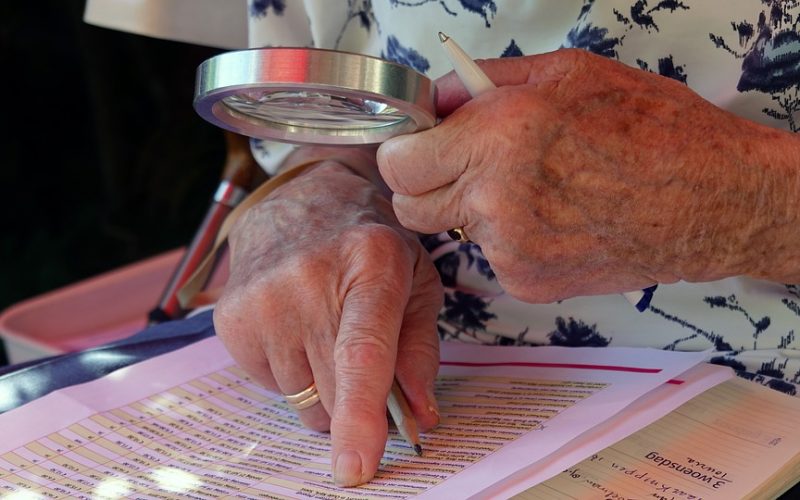There are times when tragedy strikes and a person loses one of their limbs. It is particularly difficult if they lose an arm, and their difficulty will be ncreased if it the one they use for writing and other fine muscle movements. It is a situation that can lead cause a person to feel anger, rage, helplessness and depression. Limbs can be replaced today, but there are limitations. Losing a limb has always been difficult when it comes to recovery, but artificial replacements and a good therapist can help.
When one or both legs have been lost, patients have several choices. They can opt to spend the rest of their life in a wheelchair, or they can have their limbs replaced. Modern legs are a far cry from the wooden appendages that suffices for humanity in bygone eras. The legs created today are made of lighter materials, and they can be designed for specific functions. Some have been even been created to allow competitive runners to remain in their field.
Arms are a bit more difficult to replace because hands are involved. Many of the finer muscle movements people need for getting through their day are accomplished by the muscles in their hands and arms. Losing one of these limbs can create major frustrations in trying to do everyday tasks, but more options are becoming available. Motors can replace muscles for movement, and different designs allow the user to perform different types of tasks.
Until science can clone a person’s missing limb and reattach it, losing a limb will be a traumatic event that can haunt a person for a lifetime. Replacements that perform more functions and weigh less are available today, but many amputees are still waiting for improvements. Their therapist can help them learn how to operate what they have, but the hope for a true replacement may still remain.

























